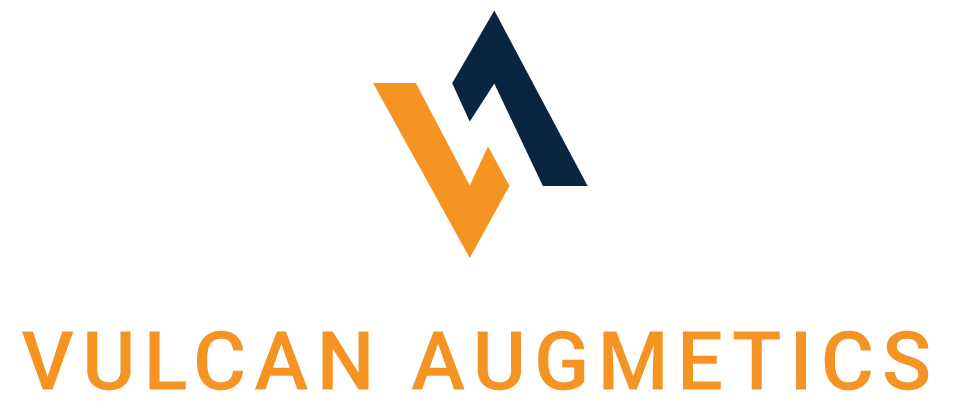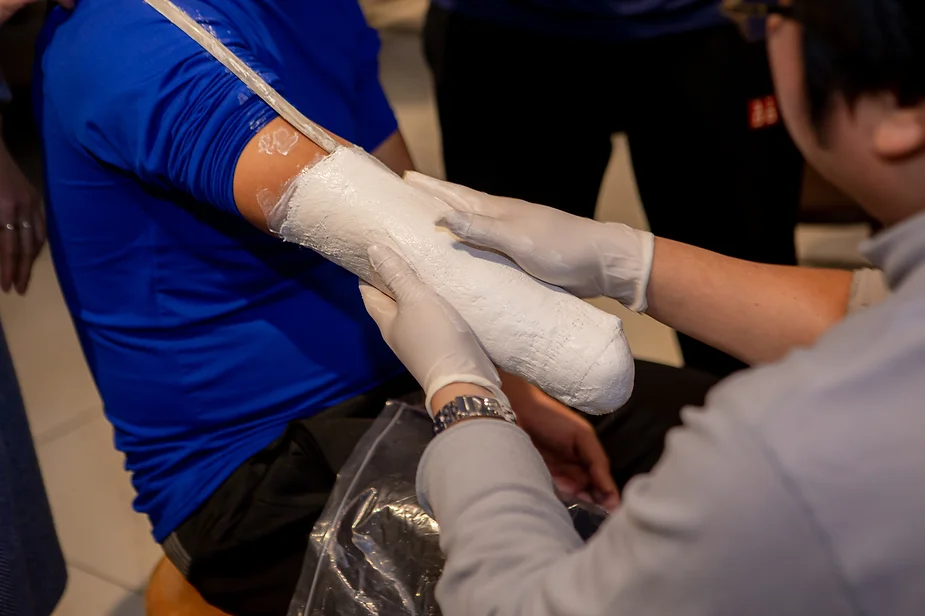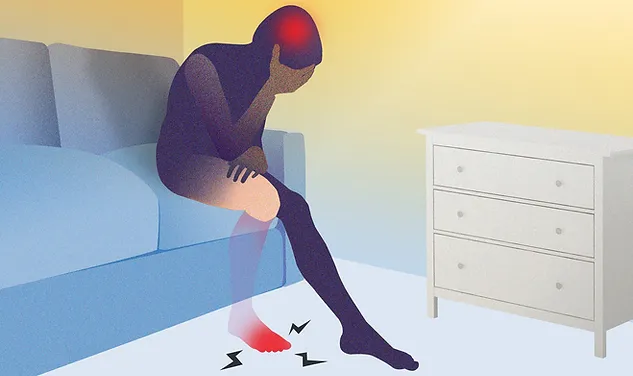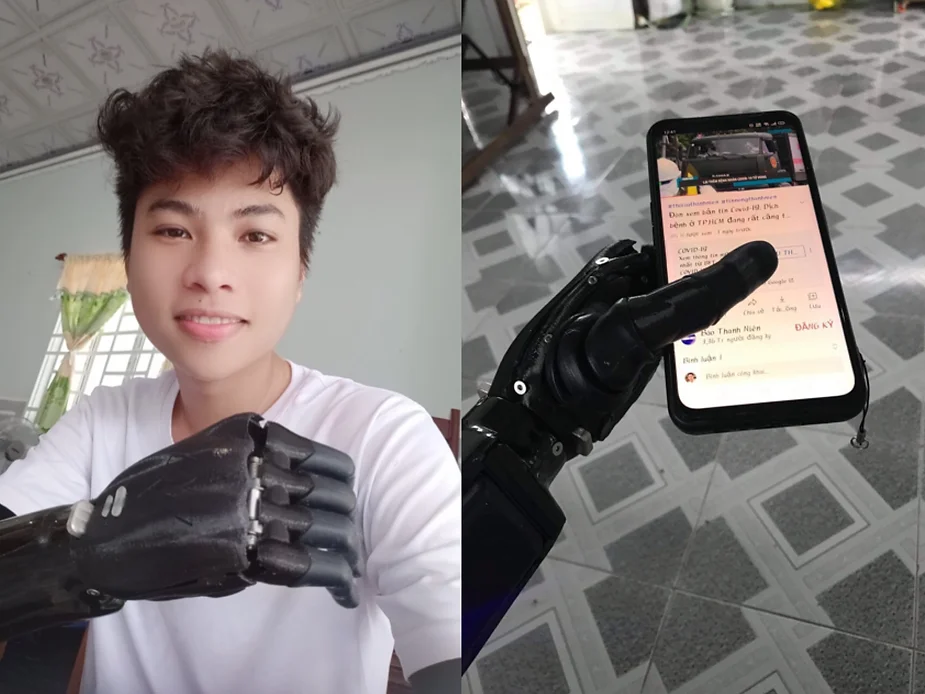Many things. A vision; a cause; a journey. Founded roughly over a year ago, Vulcan Augmetics has huge dreams: to change the landscape of prosthetics.
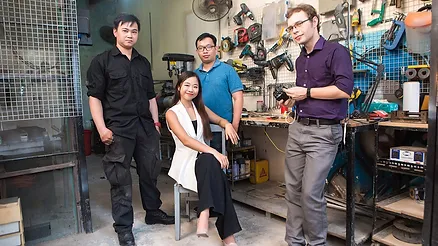
Currently in the prototyping stage, we are a prosthetics company which creates low cost, modular and adaptable prosthetics.
This is targeted towards the community of people with disabilities, especially in developing countries.
By incorporating modularity with technology and practical application, Vulcan is able to create prosthetics which are entirely modular. This infuses a new function into the world of prosthetics which is both fresh and more importantly: practical. What sets Vulcan apart is the perspective where Vulcan does not try to create an “all-in-one” product.
They know with high functionality comes (literally) great costs. Instead, they focus on creating parts of the product. This way, every part can be changed to better suit the task. For instance, incorporating a mouse and keyboard into the palm and fingertips of a grip. This can be easily switched out to hold bottles (you get the idea).
We take it a step further by creating Uplift.
What is Uplift?
Uplift is an initiative by Vulcan to provide the said community with free prosthetics. It will be ongoing for as long as Vulcan stands. The campaign launched on Indiegogo on the 30th March 2019, with a goal to raise $30,000. This is to fund 30 prosthetics which will be given to 30 amputees where they will be placed into jobs. Those in constant public sight. It’s time to shift how society views this community by placing them in the limelight.
To date, Vulcan has won numerous competitions. Such as being awarded the Scale-up Track Winner in Youth Co: Lab Vietnam 2018. Placing Top 10 in Techfest Vietnam 2018. Clinching first in the Women’s Pitching Competition 2018 and representing Vietnam in the Blue Venture Awards as the Country Winner.
In a more recent light; Vulcan is a finalist representing Vietnam in The Chivas Venture 2019.
How it began..
We work closely with our users to gain valuable insights into the issues with existing modules. This is to create better, more effective modules for our users. We believe their success is our success.
Vulcan has developed over 5 models before finalising the core idea – but it does not stop there. We only stop once we have perfected the design and functionality of the model. This is a testament to how much care and precision Vulcan places into each module.
To us, we are not engineering a “module”, we are engineering someone’s arm.
The Evolution of our Prosthetics
MK 1:
Everything started with the idea and question of controlling robot arms. The MK1 (Mark 1) is essentially a 3D printed InMoov hand from Thingiverse where we tried to connect Arduino and myo sensors. The verdict? It worked – but they were one piece, heavy, and used huge servos which took up too much space in the arm. With the basic idea in place, we moved onto the next prototype.
MK 2:
The MK2 marks the creation of our fully custom designed hand, using MK1’s motion methods (Strings & Wires). It allowed for a variety of actions such as playing the guitar with a built-in thumb plectrum, play billiards with a top-mounted cue guide, and even had space in the palm to put in an integrated mouse. The main issue with the MK2 was syncing all powered components, power and space consumption. With that, we went onto the next model.
MK 3:
MK3 was where we switched from wired to mechanical systems, allowing us to put the servos directly into the hand which saved valuable space in the arm so we could fit a wider range of users. The downside being 3D printed parts for mechanical movements are challenging, not to mention balancing size, power and price when choosing servos. Thus we looked into creating our dedicated Printed Circuit Board (PCB) designs to better manage both space and power flow, and it worked! Now with the current ideas in place, we moved onto the next prototype.
MK 4:
Our prototypes to this point still have no special trait that truly cuts the industry. Until we asked ourselves: Can we make it fully detachable? Hence, MK4 was created with detachable parts. One of the key factors would be by separating the servos and boards, the hand and fingers could be detachable. This meant broken components could be replaced and on a bigger scale; modularity. We were still struggling with power issues both in terms of grip strength and preventing board burnout, so more work was needed.
MK 5:
Learning from MK3 and MK4, MK5 used mechanical fingers and Computer Numerical Control (CNC) the components out of aluminium. This translated to being able to significantly cut down on size. Power constraints still limited what we could do with multiple servos running simultaneously, but the hand was functional, the right size, detachable, and we had our own PCBs ready. We were nearly there.
MK 6:
After more research, MK6 used a single large, powerful servo and used mechanical components to widen the range of movement instead of using multiple, smaller servos. Our chief designer found a way to transfer the force of the servo through 90 degrees, which meant one motor can drive several functions. The cost of the product had gone down over 50% and the simplicity of single servo electronics meant that we could make everything smaller and tighter fitting. The MK6 worked. It did exactly what we wanted it to, and it was interchangeable. We’re nearing the end to solving this puzzle.
MK 7:
MK7 had only linear upgrades – mostly refining our connector design, improving visuals and user friendly displays, having simplified sensor system and a mass producible skeleton; the first set of custom modules for jobs have made this prosthetic the one we are most proud of, and the one which will change the way Med Tech is used.
What are we trying to achieve?
Every path that Vulcan took has always been along the same end goal: to change the landscape of prosthetics.
Vulcan originally consisted of different individuals from different beginnings. Today, Vulcan is a team with a common goal – to see a change in the world of prosthetics. Especially how society sees this community.
It’s not that they’re disabled, it’s just that society isn’t capable to re-enable them. Amputations don’t go away. We expect to be a life-long partner with our users, growing and sharing everything with them.
And with that, we conclude Vulcan’s journey so far. With the current advances in this realm of Med Tech, the future looks bright! Stick around and we’ll definitely keep you updated.
Thank you again for all your support you’ve shown us.
